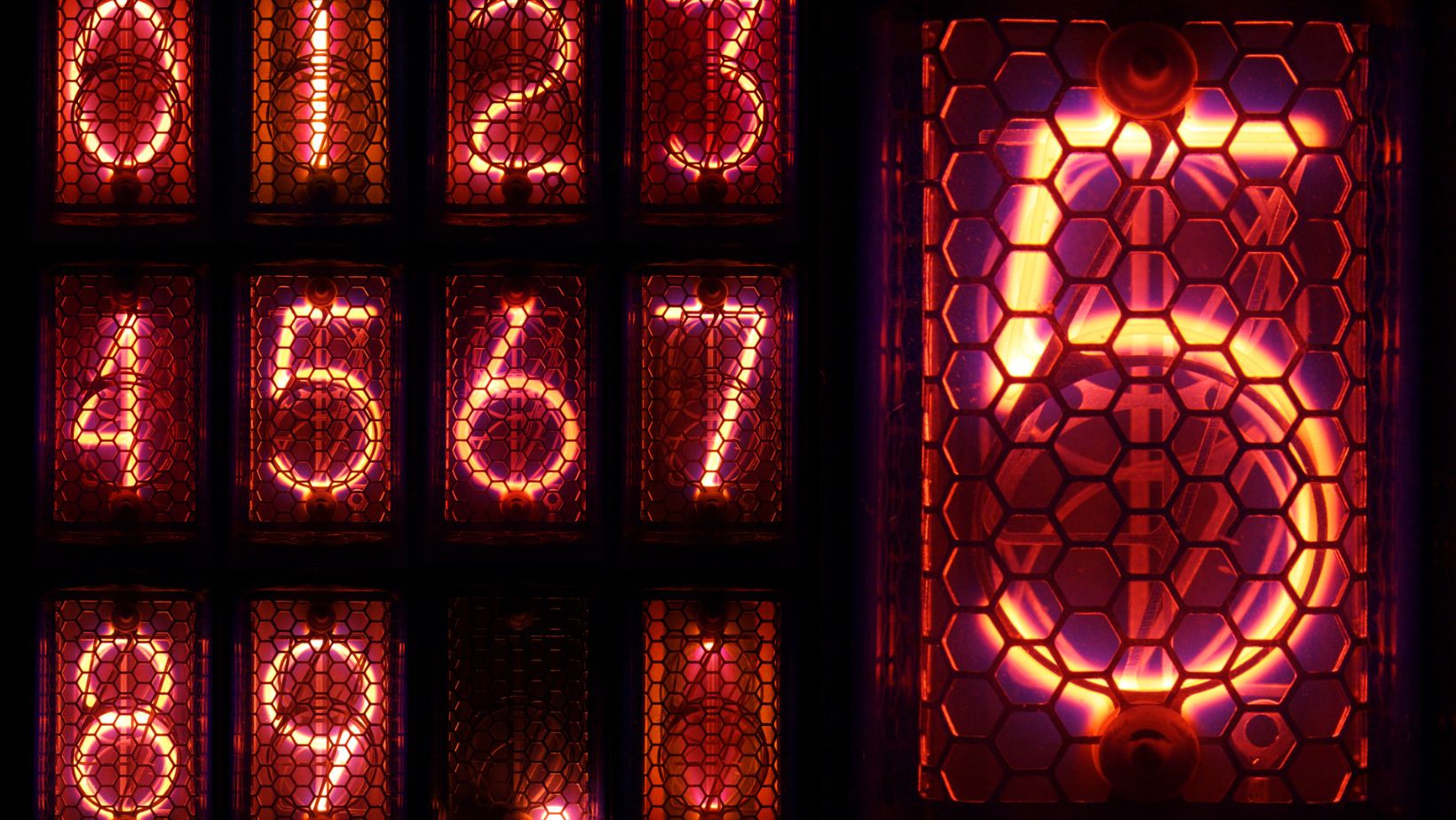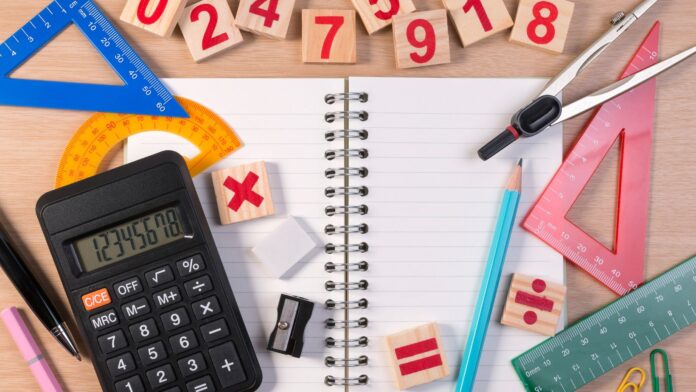Whether you’re helping your kids with their homework or calculating proportions for your favorite recipe, understanding this concept can prove quite beneficial.
Let’s get down to brass tacks. To convert 5/9 into a decimal, we simply have to perform a division operation. In other words, we divide 5 by 9. The result may surprise you! Ready to embark on this numerical journey? Let’s go!
5/9 as a Decimal
Ever wondered how to convert a fraction like 5/9 into a decimal? I’ll break it all down for you. It’s simpler than you might think!
What is a Fraction?
Let’s start with the basics – what exactly is a fraction? In simple terms, a fraction represents parts of a whole. It consists of two numbers – the numerator (the top number) and the denominator (the bottom number). The numerator indicates how many parts we have, while the denominator tells us how many equal parts make up that whole.
For example, if we look at our fraction in question – 5/9 – 5 is our numerator and 9 is our denominator. This means we have five parts out of nine total.
Types of Fractions
Fractions come in different types based on their numerators and denominators:
- Proper fractions: These are fractions where the numerator is less than the denominator. For instance, 3/4 or 7/8.
- Improper fractions: Here, the numerator is greater than or equal to the denominator like 9/4 or 7/7.
- Mixed fractions: These are made up of both a whole number and a proper fraction such as 1 2/3 or 2 1/2.
Now that we’ve got some understanding about fractions, let’s get back to converting our fraction – specifically, turning that pesky little “5/9” into its decimal form.
The conversion process itself isn’t too complex: You simply divide your numerator by your denominator using long division or calculator. When you divide five by nine (i.e., do your math for 5 ÷ 9), you’ll find that it equals approximately ‘0.5556’ when rounded off to four decimal places.
So there you have it! From this point forward, you won’t have to wonder about 5/9 as a decimal. It’s approximately 0.5556!

Converting Fractions to Decimals
Let’s dive into the fascinating world of fractions and their decimal counterparts. There’s a whole lot more to this topic than just crunching numbers. So, let’s start with the basics: what exactly are proper and improper fractions? And how can we convert them into decimals?
Converting Proper Fractions
When I talk about a ‘proper fraction’, I’m referring to a fraction where the numerator (the top number) is less than the denominator (the bottom number). For example, 5/9 is a proper fraction.
To convert it into a decimal, you simply divide the numerator by the denominator. So, for 5/9, all you have to do is divide 5 by 9 and voila! You’ve got your decimal: approximately 0.56.
You might be thinking that sounds pretty straightforward – and you’d be right! But bear in mind that some divisions won’t result in an exact decimal value. In fact, most will give you an ongoing number that carries on indefinitely!
Converting Improper Fractions
Now let’s shift gears and discuss ‘improper fractions’. These are fractions where the numerator is greater than or equal to the denominator. An example of this would be 11/4.
The process of converting an improper fraction to a decimal follows exactly the same steps as before: divide your numerator by your denominator. Using our previous example of 11/4, if we divide 11 by four we get 2.75.
Remember though, sometimes these calculations may also give you recurring decimals – those pesky little numbers that seem like they’ll never end!
So there you have it – from proper and improper fractions to their equivalent decimals in just a few easy steps! Keep practicing these conversions; soon enough they’ll become second nature.


